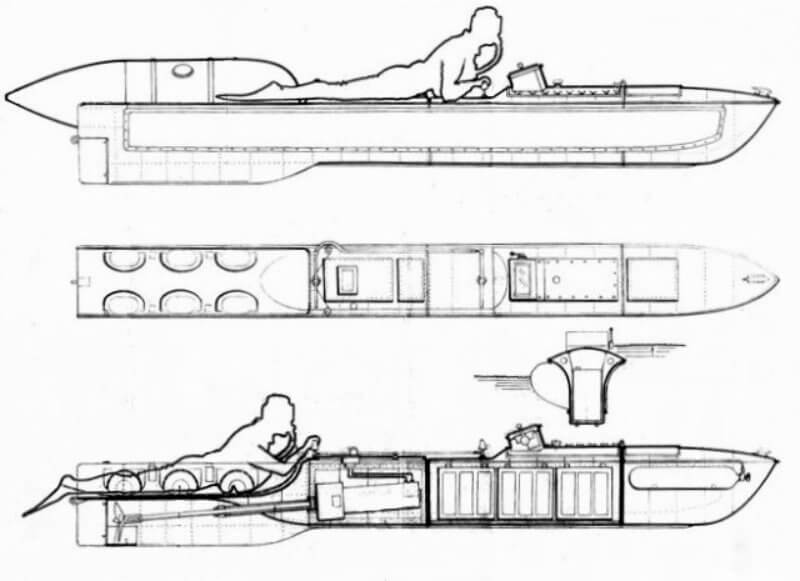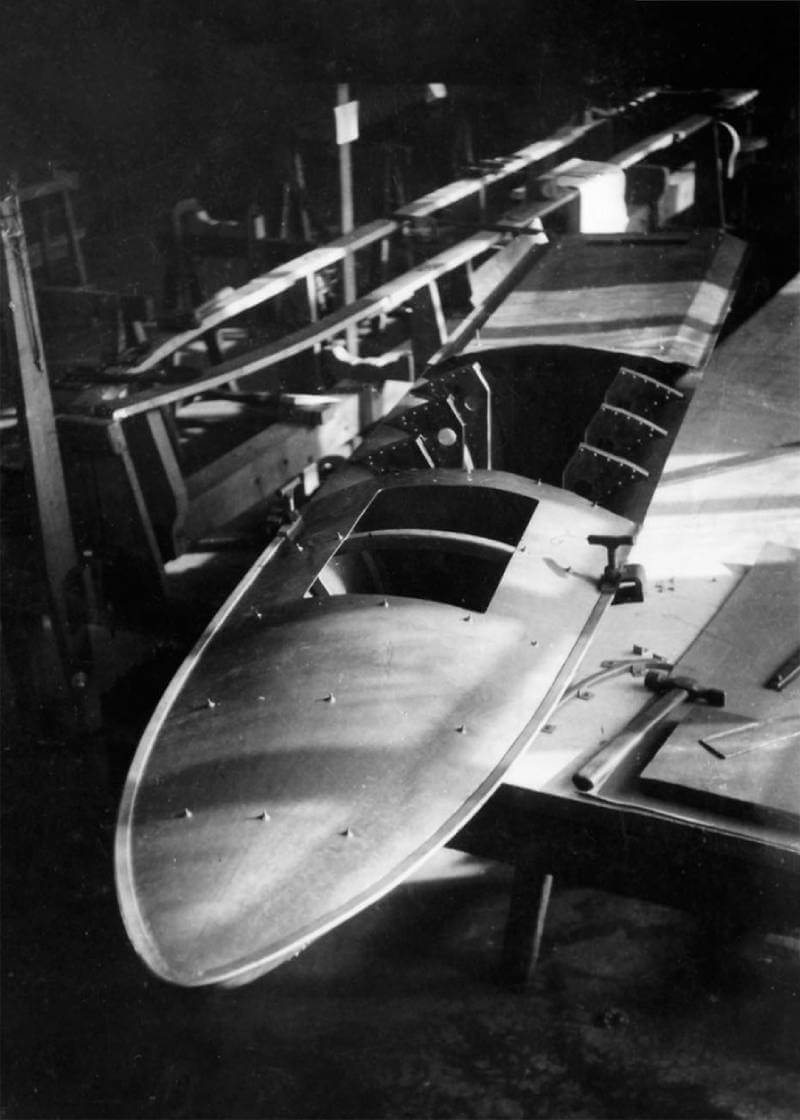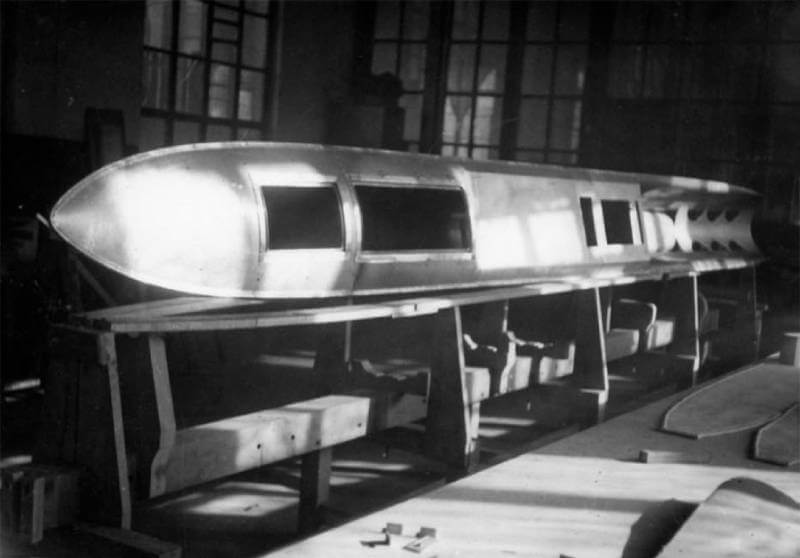| Length |
| 5 metres |
| Wide |
| 20 centimetres |
| Height |
| – |
| Weight |
| 250 kilograms |
| Propulsion |
| Siemens Electric Motor |
| Armour |
| – |
| Armament |
| Up to 250 kilograms of explosives and Limpet Mines |
| History |
 |
In August 1941, an engineer from Piaggio, Antonio Ramognino, approaches Junio Valerio Borghese, the commander of the Underwater Division of the Xa Flottiglia MAS, with a novel proposal. This idea, one he has contemplated since 1940, involves a specialised craft intended for operations in the Bay of Algeciras against enemy vessels anchored in the harbour. The plan envisages launching attacks from a concealed location on Spanish soil.
Borghese listens intently. By 1941, Gibraltar poses increasing challenges for the Xa Flottiglia MAS. Following three missions carried out by the submarine Scirè in the harbour, British forces have significantly tightened security to protect their ships. Further missions involving submarines to deploy Siluro a Lenta Corsa’s now entail considerable risk to the crews.
Gibraltar holds strategic importance as a British naval stronghold. Alongside Alexandria, it serves as a critical port under British control. Gibraltar functions as the headquarters for the Western Mediterranean Fleet, supports the Atlantic Fleet, and plays a pivotal role in merchant shipping. It serves as a hub for convoys arriving from America and South Africa en route to the Mediterranean and Britain. Consequently, Decima’s leadership actively seeks innovative solutions to sustain pressure on Gibraltar, welcoming any viable proposals.
Antonio Ramognino, presents an idea that piques Borghese’s interest. Ramognino later recounts his meeting with Borghese, during which he elaborates on the concept of a vessel designed for stealth attacks in Gibraltar’s bay. He envisions launching these operations from a coastal villa in the Bay of Algeciras, possibly near the mouth of the Guadarranque River. Borghese responds with enthusiasm and stresses the need for utmost secrecy. Ramognino’s proposal centres around a craft referred to as the Batello Ramognino or Batello R.
The concept of establishing a hidden base on Spanish territory, just a few hundred metres from convoy ships and only a short distance from Gibraltar harbour, captivates Borghese. A fixed launch site would enable sustained attacks, eliminating the need for vulnerable submarines to approach the harbour. In the aftermath of a significant setback in Malta on July 26th, 1941, Borghese views the Batello Ramognino as one of the few remaining options to continue operations against British forces in Gibraltar. At this time, the Gamma frogmen, a new group of combat swimmers, are still in the early stages of training.
The vessel’s initial design, drafted in 1940, featured a length-to-height ratio that extended to 5 metres, with a width slightly exceeding 20 centimetres. The elongated and narrow form enhanced its hydrodynamics, allowing it to manoeuvre past buoyed nets defending enemy harbours. When properly adjusted, only the control panel and a small part of the operator remain visible. Standing approximately 50 centimetres high, the vessel’s use of lightweight alloys ensured that its total weight did not surpass 70 kilograms. Resembling the float of a seaplane, the craft’s shape provided stability on water. Due to its small dimensions, the Gamma operator would lie atop the vessel, with buoyancy ensuring the secure transport of substantial explosive loads.
Borghese finds the project compelling and promptly enlists Ramognino into the Xa Flottiglia MAS, overriding his previous disqualification due to health concerns. By September 1941, the Italian Navy commissions Piaggio in Genoa-Sestri to produce the first prototype of the Batello Ramognino. They do request several modifications, the most notable being the incorporation of a silent propulsion system. While the addition of the engine causes only a slight increase in size, the overall weight rises to nearly 250 kilograms. Two inflatable side bags are attached to improve lateral stability. The craft can submerge just below the surface by inflating or deflating the side bags along its sides. The propulsion system consists of a Siemens electric motor operating at 12,000 rpm with a reduction ratio of 1:8, driving a three-bladed propeller mounted beneath the hull. Powered by three 300-amp batteries, the vessel achieves a speed of 4 knots, covering approximately 35 nautical miles over 10 hours of continuous movement. The propeller was in a stern tunnel and above it there were six compartments on the hull allow the transport of explosive charges of 3 kilograms each, and a space between the operator’s legs that could accommodate an additional 300 kilograms of explosives. The pilot had two steering positions, one at the bow and one further aft with a small dashboard equipped with the essential instruments.
Initial testing commenced in early 1942 at the Balipedio Cottrau site, yielding positive results. Minor adjustments were made to the established design, leading to the production of the first series of vessels, designated as Batello R.
On April 6th, 1942, he and his wife, Conchita, travel to Spain to secure a suitable property for their clandestine operations. Here he oversees the establishment of two covert bases in Algeciras: Villa Carmela and the vessel Olterra.
On June 14th, 1942, as Ramognino finalises preparations for the Batello Ramognino, Gamma frogmen launch operation GG1 from Villa Carmela. They repeat the operation, known as GG2 on September 14th, 1942. Subsequent missions, BG4-5-6, are conducted by the Orsa Maggiore Squadron, with Siluro a Lenta Corsa’s departing from the interned tanker Olterra to carry out further attacks on Gibraltar. Technical difficulties subsequently delayed the project’s progress. By late 1942 and early 1943, only six Batello Ramognino’s are delivered to the Xa Flottiglia MAS. By the time of Italy’s armistice on September 8th, 1943, none of these vessels are accounted for. Ultimately, the Batello Ramognino never sees active deployment.
| Multimedia |
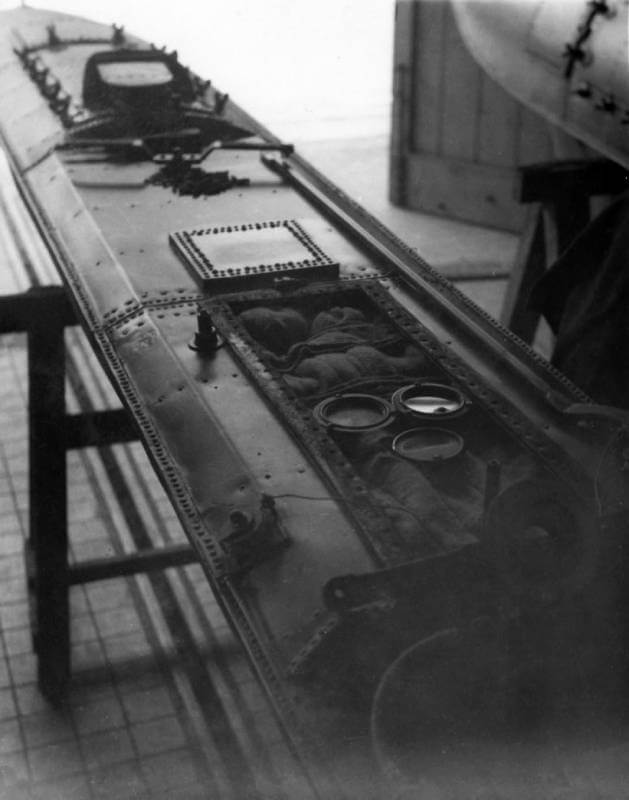
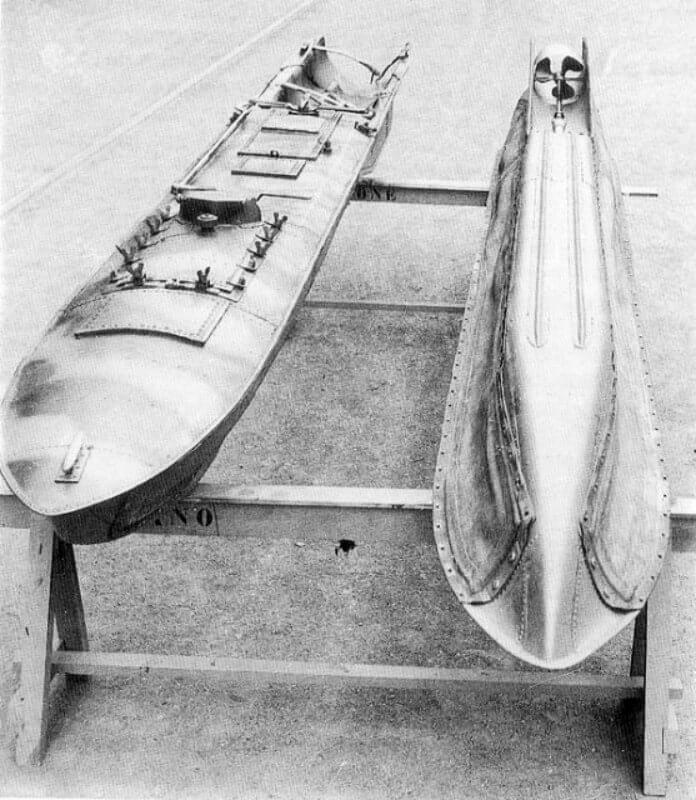
| Construction |
